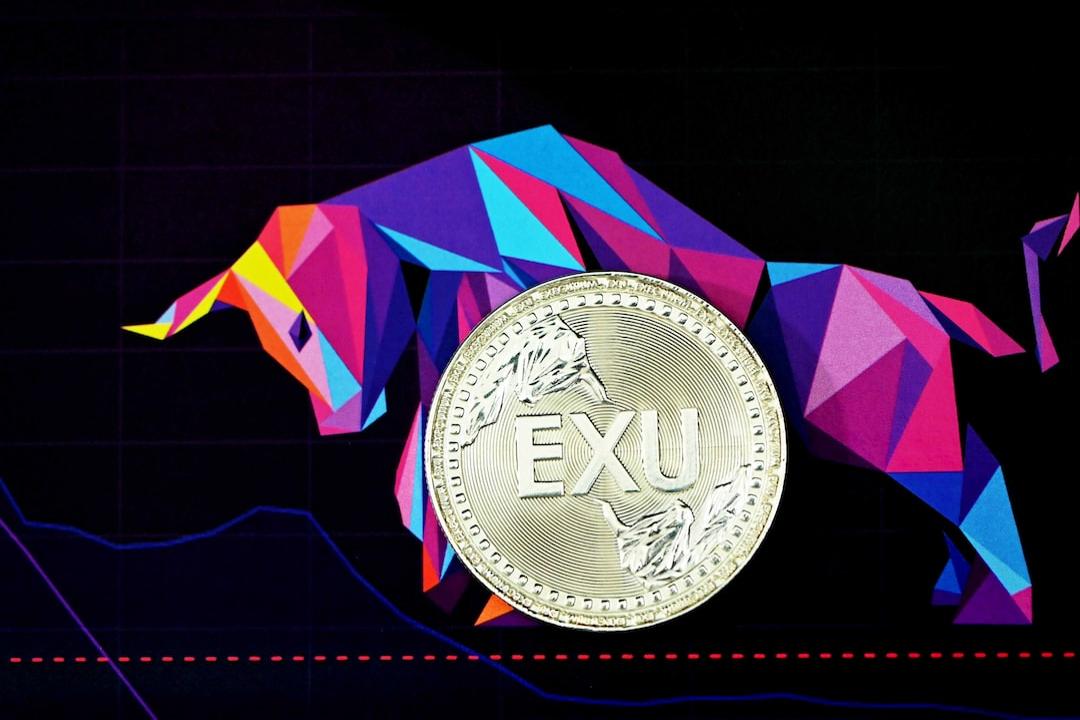The United States Ignites a Storm in Automotive Trade: Trump’s “Liberation Day” Tariffs Reshape the Global Auto Market
U.S. President Trump Announces Launch of “Liberation Day” Economic Policy, Imposing 25% Import Tariff on All Non-U.S. Manufactured Cars and Parts
This measure has triggered global supply chain shocks, putting tremendous pressure on U.S. domestic automakers and consumers. According to financial media Kobeissi Letter, this is not just a trade strategy but may also represent a turning point in the automotive market.
Concerns Mount Over 25% Tariff on Non-U.S. Cars
Just yesterday, Trump’s executive order imposing a 25% tariff on non-U.S. manufactured cars was officially finalized, causing market turmoil. All three major U.S. stock indices fell, reflecting investors’ concerns over the impact of the tariffs.
Kobeissi Letter pointed out that the tariff policy not only affects the automotive industry but may also increase inflationary pressures and undermine consumer confidence, heightening market sensitivity to rising supply chain costs. The report cited various data, suggesting that this wave of tariff shock could be just the beginning, and the market has yet to fully absorb its long-term effects: theoretically, this will raise the average price of new cars sold in the U.S. by $12,500.
Tariff Expansion: Not Just Complete Vehicles, Parts Are Also Affected
Firstly, this new policy targets not only complete vehicles but also includes automotive parts in the tax scope. Even if assembled in the U.S., if the parts are sourced from overseas, they will still incur tariff costs:


For example, Tesla, despite assembling its cars in the U.S., relies on 25% to 40% of its parts being imported, thus it cannot escape the tariff war.
Moreover, large American automakers like Ford, General Motors (GM), and Stellantis also rely heavily on assembly and parts supply from Canada and Mexico and will inevitably be affected. This has led to a decline in relevant automotive stocks following the policy announcement.


Cost Passed on to Consumers: Price Surge and Slowing Sales
Kobeissi Letter indicated that the current average price of new cars in the U.S. is nearly $50,000. If the 25% tariff is applied, each vehicle may increase by up to $12,500, significantly impacting mid-range and entry-level models.
The luxury car market is also not immune; for instance, the Italian supercar manufacturer Lamborghini has not assembled its Revuelto model in the U.S., and its original price of $604,000 will be affected by tariffs, increasing by approximately $175,000.
Cox Automotive estimates that in the first week of the policy’s implementation, production capacity could be interrupted by as much as 30%, leading to price increases in the used car market and reduced discounts on new cars, ultimately passing costs on to consumers.


White House Calculations and Risks: Significant Tax Revenue, But High Costs
Calculating the current total value of U.S. automobile imports at $275 billion, the tariff expenditure would correspond to 0.25% of GDP. Undoubtedly, this move also puts pressure on trade relations between the U.S. and major exporting countries such as the UK: “The UK exports nearly $10 billion worth of cars to the U.S. each year, making it one of the first victims.”


U.S.-UK Export Data
Cars are the largest export product from the UK to the U.S., and the White House expects this tariff policy could generate up to $100 billion in annual revenue. The question is, who will foot the bill?
Concerningly, Trump has repeatedly emphasized that this will become a “permanent policy,” demonstrating his determination to bring manufacturing back. The report warns that the U.S. stock market has not yet fully reflected long-term risks, and future volatility may intensify.
The Automotive Industry and Consumers Prepare for Battle
As the policy approaches implementation, the automotive industry may face pressure to reorganize, necessitating that manufacturers accelerate localization of their supply chains while consumers may find themselves in a predicament of soaring purchasing costs. Kobeissi Letter states that market volatility will significantly increase in the coming weeks, and both investors and consumers should prepare in advance.
Risk Warning
Investing in cryptocurrencies carries a high level of risk, and prices may fluctuate dramatically, potentially resulting in the loss of your entire principal. Please carefully assess the risks.
